Teaching children about sustainability is more important than ever. As parents, educators, and guardians, it is our responsibility to instill in them a love for the planet and a desire to protect it. Picture books are powerful tools that can help us communicate complex environmental concepts in an engaging and accessible way.
We should all be aware of how our actions impact the environment.
We should also know that many different ways to live a sustainable lifestyle exist. Recycling is one example. Conserving water and energy is another excellent practice. If you have the space, composting can make a significant difference.
Providing picture books about sustainability is a great way to educate your children about these concepts. But, tracking down high-quality publications that spread the right messages is not always easy.
As experts on the subject and publishers of Ally & Bibi: Back to the Jungle, we’ve curated seven picture books about sustainability we recommend for your child’s next story time session.
Our recommended children's picture books about sustainability
We suggest placing these seven picture books about sustainability on your child’s bookshelf.
1. Ally & Bibi: Back to the Jungle: A Story About the Sustainable Development Goals - Dario Berrebi & Hannah Warsame
- Print Length: 45 pages
- Reading Age:
- Amazon Rating: 4.8 out of 5 (8 ratings)
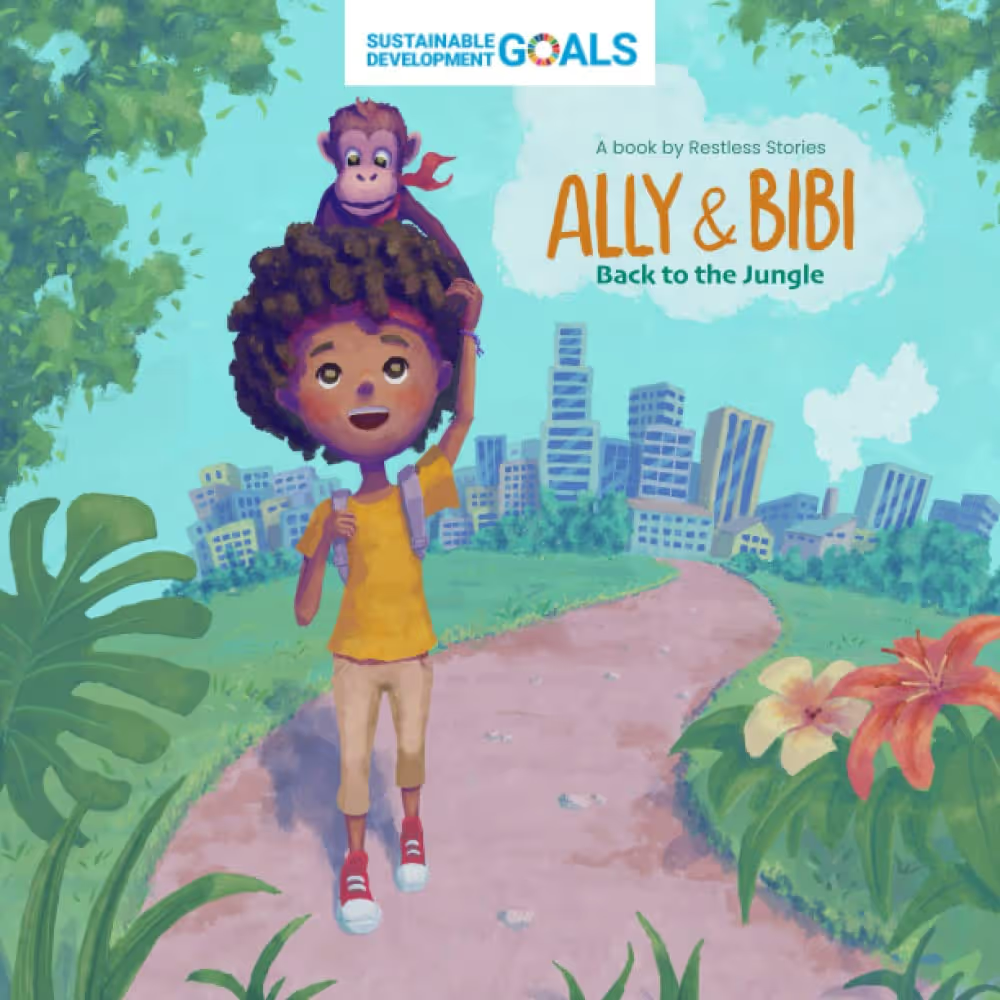
Ally’s world is turned upside down when she receives a monkey, Bibi, as a birthday present. She decides to return him to his home in the jungle, which leads to a memorable adventure. Together, they explore the challenges people and the planet face on a daily basis. But it also highlights the many solutions that exist to create a better future for all.
“The Sustainable Development Goals are very well explained for both the child and the parent. Small tips to improve in everyday life at the end of the book,” wrote one reviewer.
2. All the Water in the World - George Ella Lyon
- Print Length: 40 pages
- Reading Age: 4 - 8 years
- Amazon Rating: 4.6 out of 5 (117 ratings)

“Water doesn’t come. It goes. Around” All the Water in the World introduces the water cycle to readers with incredible illustrations that make the words come alive. The story creatively explains how our water supply is limited and why it’s up to us to protect it.
One review highlighted: “I highly recommend this book, not just as a book about water but as a work of art.”
3. All the Wild Wonders: Poems of Our Earth - Wending Cooling
- Print Length: 48 pages
- Reading Age: 7 - 10 years
- Amazon Rating: 5 out of 5 (4 ratings)
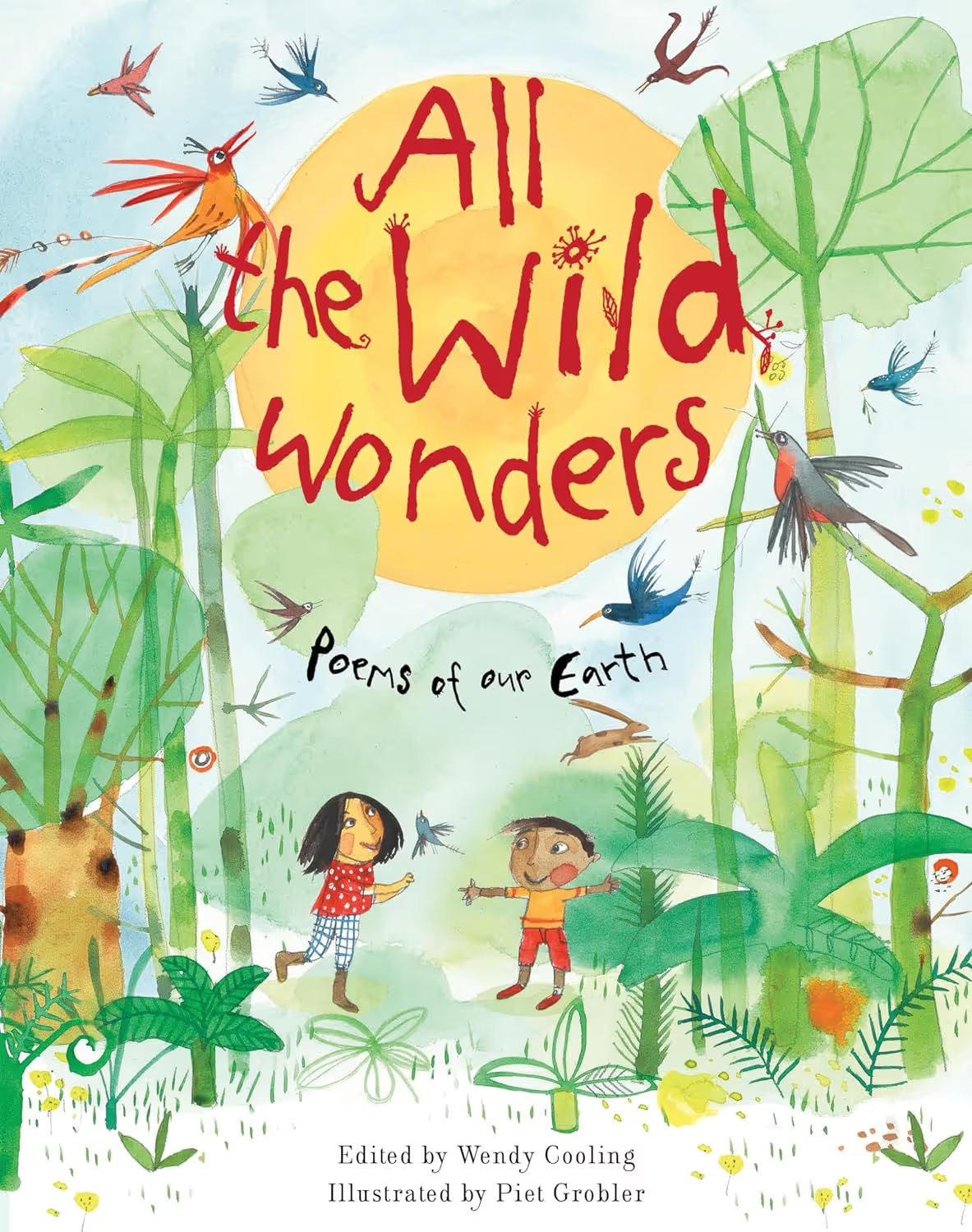
Why are trees important? How are motorways damaging the countryside? What can we do to protect our Earth for the future? These are just a few of the questions asked via elegant poems and stunning illustrations in All the Wild Wonders.
They range from short rhymes to long soliloquies, but each one will have you and your child thinking deeply about the topic of sustainability.
“Wonderfully edited with beautiful pictures, this collection has the ability to encapsulate the importance of looking after the environment whilst providing plenty of opportunities for pleasurable family reading”, said one reviewer.
4. Can We Save the Tiger? - Martin Jenkins
- Print Length: 56 pages
- Reading Age: 5-7 years
- Amazon Rating: 4.8 out of 5 (86 ratings)

Like many other animals, tigers are in danger of becoming extinct. Through the art of hand-drawn illustrations, Can We Save the Tiger? shares more about the threats to endangered species and the steps we all must take to prevent wiping them out altogether.
A recent review read, “Providing a snapshot in time of the threat to tigers and Earth's biodiversity generally, whilst referring to the past and projecting into the future is not easy, and yet this book does so effortlessly.”
5. Count Them While You Can… A Book of Endangered Animals - Anne Bowman
- Print Length: 24 pages
- Reading Age: 5 - 7 years
- Amazon Rating: 5 out of 5 (4 ratings)
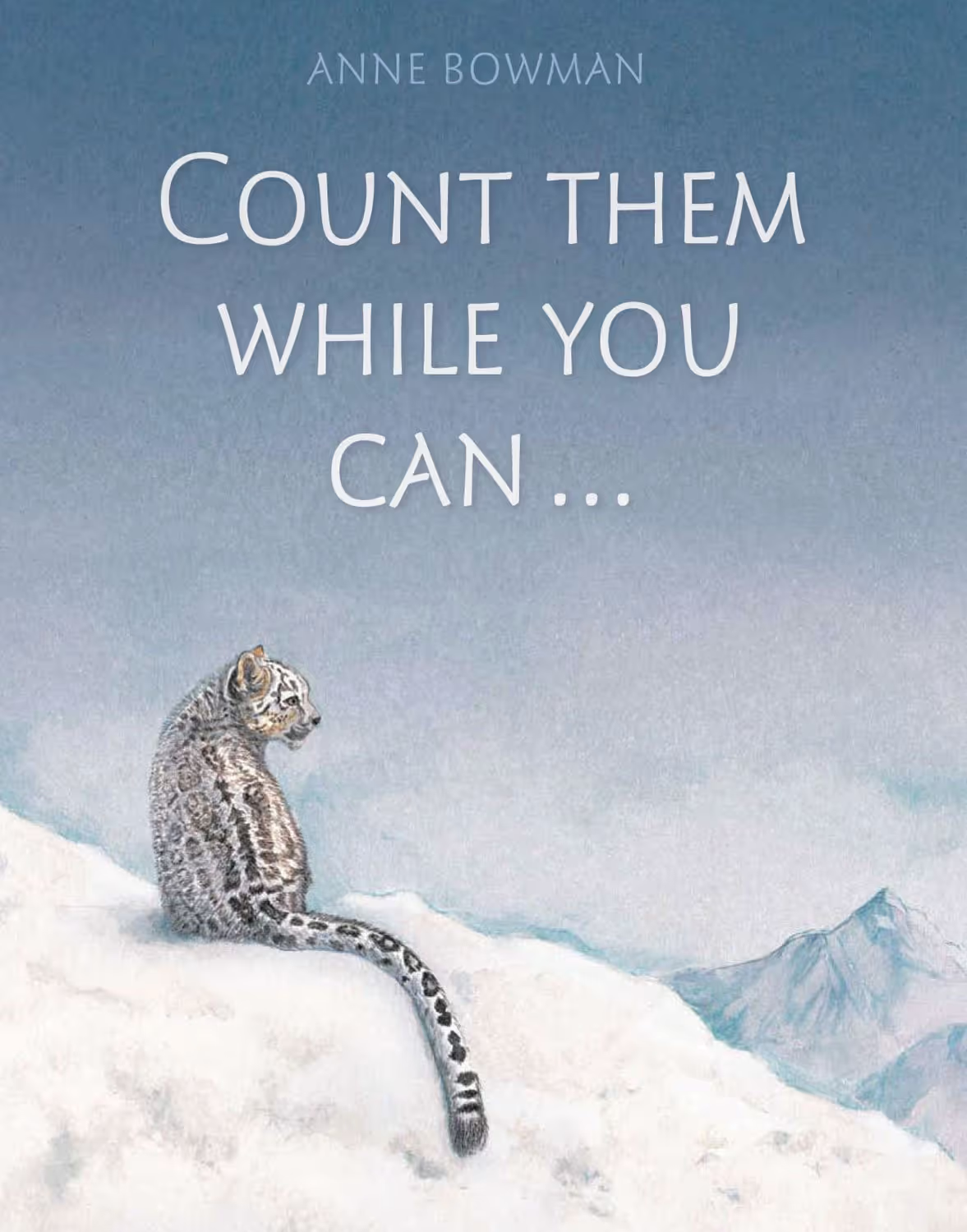
From the snow leopard in the Himalayas to the black-footed ferrets in the prairies of South Dakota, Count Them While You Can introduces children to ten endangered species. It combines verse and real-world facts to highlight the struggles these creatures face unless something is done to reverse the damage that’s been done.
“A lovely addition to bedtime books and an eye opener. Our children may only ever get to see some of these beautiful creatures on these pages,” one review said.
6. Dear Earth - Isabel Otter
- Print Length: 32 pages
- Reading Age: 3 - 6 years
- Amazon Rating: 4.8 out of 5 (147 ratings)
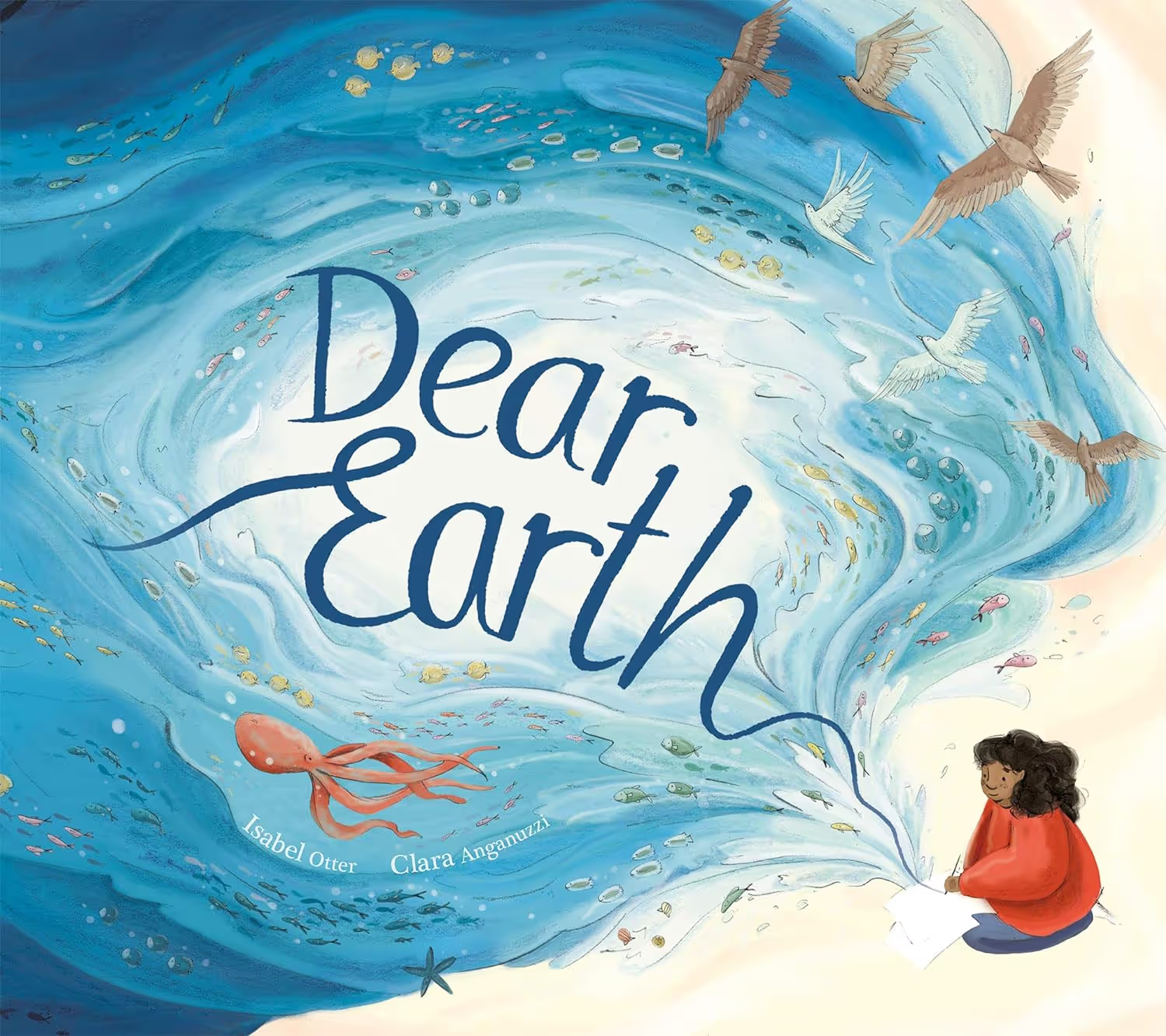
Tessa wants everyone to know how special our Earth is and decides to write a love letter to the planet. It’s filled with joyous adventures such as blowing bubbles in the ocean with whales, soaring through the skies with birds and celebrating the orchestra of noises emanating from a rainforest.
One reviewer wrote, “The full-page illustrations are simply divine. They shine off each page and show the world in all her glory.”
7. Energy Island: How One Community Harnessed the Wind and Changed Their World - Allan Drummond
- Print Length: 36 pages
- Reading Age: 6-10 years
- Amazon Rating: 4.7 out of 5 (88 ratings)
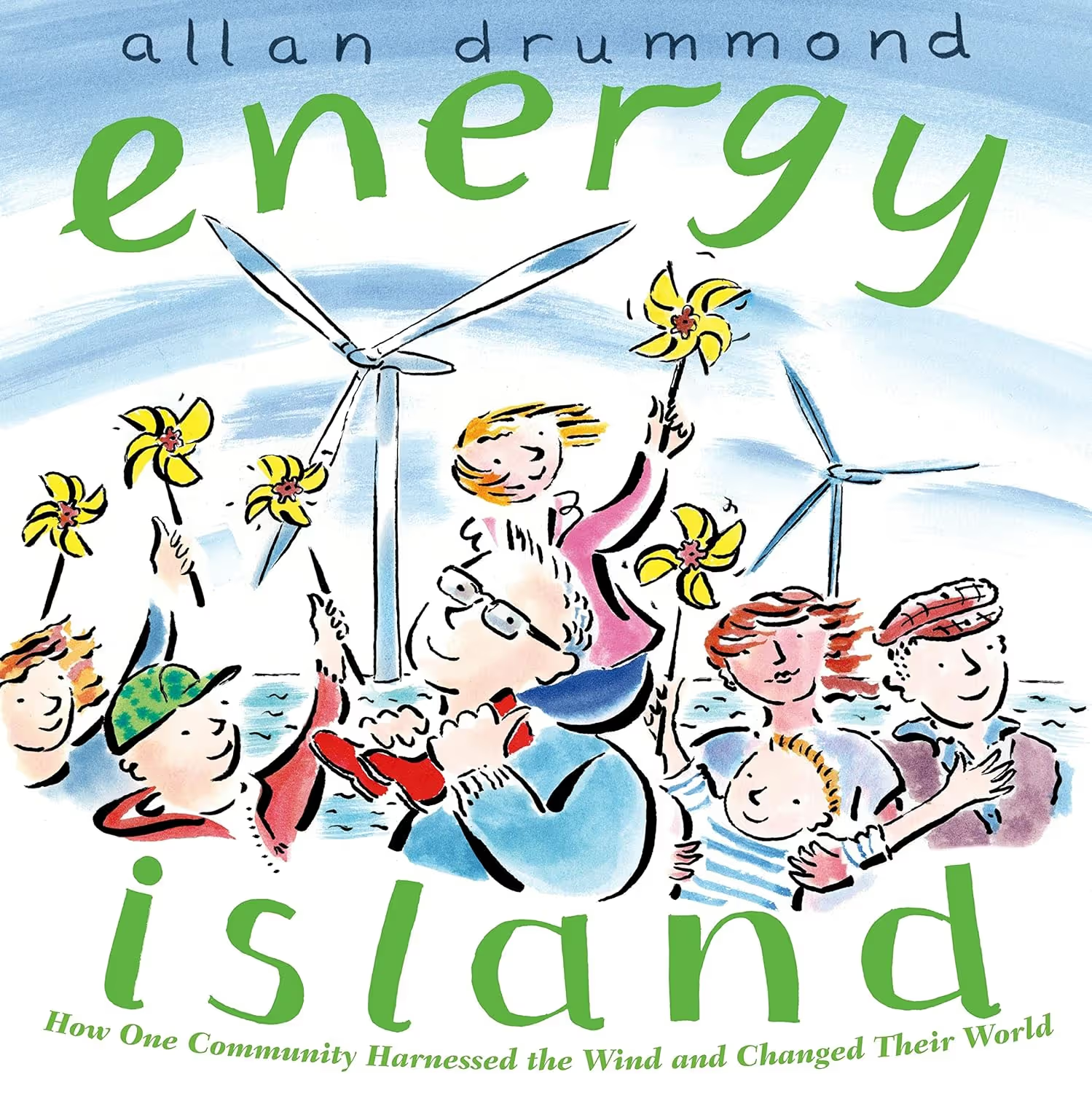
Based on a true story, Energy Island details how the citizens of Samso reduced their carbon emissions by 140% and became almost energy-independent. But this book does more than share facts. It inspires readers by explaining that Samso is no different to any other community. All it takes is for people to work together.
One reader perfectly sums it up by saying, “A wonderful 'picture' book to aid the learning and understanding of energy conservation, being eco friendly and saving the planet! Ideal for any age of child.”
Research on Picture Books Conveying Complex Environmental Concepts
Research shows that picture books can be effective tools for teaching young children complex environmental concepts. Here are some key findings:
1. Effectiveness in Teaching:
A study in Taiwan investigated the use of picture books to teach preschool children environmental concepts. The results showed significant improvements in the children’s understanding of various environmental issues, such as the impact of human activities, recycling, and resource conservation.
The children demonstrated practical eco-friendly behaviours, such as using less water and electricity (Hsiao & Shih, 2016).
2. Environmental Themes in Picture Books:
An analysis of picture books published in Turkey revealed that a significant portion of these books contained environmental themes. Topics like nature, tidiness, and the importance of water were common. This study highlighted the role of picture books in embedding environmental concepts in early education (Gönen & Güler, 2011).
3. Impact on Behaviour and Knowledge:
Another study in Taiwan used picture books in preschool settings and found that children’s knowledge of environmental concepts increased significantly. The children adopted behaviours like bringing their own cotton hankies, using less water, and turning off lights and televisions to save electricity (Hsiao & Shih, 2015).
4. Developing Environmental Conscience:
Picture books that combine literature with ecological themes can help develop an ecological conscience in children. Books that depict ecological themes not only provide knowledge but also foster positive attitudes towards the environment (Majdenić & Saratlija, 2019).
5. Eco-literacy Through Imagery:
Wordless picture books, which rely heavily on visual narratives, can effectively convey environmental concepts and promote eco-literacy. These books use imagery to depict the relationship between humans and nature, helping children understand complex environmental interactions without text (Ramos & Ramos, 2011).
Advice on Choosing the Right Sustainability Picture Book for Your Child
Selecting the right sustainability picture book for your child can make a significant impact on their understanding and appreciation of the environment. Here are some tips based on research findings:
1. Look for Engaging and Relatable Content:
Choose books that use relatable characters and engaging stories to convey environmental messages. Books that feature animals, plants, and relatable human characters can help children connect with the material. For example, books that depict daily eco-friendly behaviours or the importance of conserving natural resources are particularly effective (Gönen & Güler, 2011).
2. Prioritise Realistic and Positive Imagery:
Select books with realistic illustrations that accurately depict nature and environmental concepts. Realistic images help children transfer what they learn from books to real-world understanding. Books that show positive actions, like recycling and conserving water, encourage children to adopt these behaviors (Ganea et al., 2008).
3. Check for Diverse Environmental Themes:
Ensure the book covers a range of environmental themes, such as pollution, recycling, conservation, and the impact of human activities on the environment. Books that address multiple aspects of sustainability provide a broader understanding of environmental issues (Hsiao & Shih, 2016).
4. Evaluate the Quality of Illustrations and Text:
High-quality illustrations and engaging text are essential. Look for books that combine compelling narratives with accurate, well-crafted illustrations. This combination helps maintain children's interest and enhances their learning experience (Pringle & Lamme, 2005).
5. Consider the Educational Value:
Choose books that not only tell a story but also teach valuable lessons about the environment. Books that include information about ecosystems, the interdependence of life, and practical ways to help the environment can be particularly educational (Majdenić & Saratlija, 2019).
6. Promote Active Participation:
Look for books that encourage children to take action, whether through direct calls to action or by inspiring them through the story. Books that show children actively participating in environmental protection can motivate young readers to do the same (Echterling, 2016).
Inspiring the Next Generation of Eco-Warriors Through Literature
Through the pages of these ten engaging picture books, children can embark on a journey of discovery and become advocates for the planet. Let us nurture a generation that cherishes and protects the Earth, guiding them towards a future where sustainability is at the forefront of their actions.
Together, let us inspire the next generation of eco-warriors through the captivating world of literature.
Embark on a Wild Eco-Adventure with Ally & Bibi
As we close this chapter on inspiring sustainability through children's literature, we invite you and your young eco-warriors to discover "Ally & Bibi: Back to the Jungle" by Restless Stories.
This beautifully crafted book weaves an exciting adventure with the essential teachings of the Sustainable Development Goals, creating an emotional connection with readers that ignites a passion for social and environmental justice.
Through Ally and Bibi's journey across a fictional Brazil, children and parents alike will learn about the interconnectivity of our actions and the planet, and find simple, impactful ways to contribute to a more sustainable world. Ready to explore the solutions that exist for a fairer future?
Check out "Ally & Bibi's Wild Eco-Adventure" and take the first step towards making a difference together.
Full List of References
- Hsiao, C., & Shih, P.-Y. (2016). Exploring the effectiveness of picture books for teaching young children the concepts of environmental protection. International Research in Geographical and Environmental Education.
- Gönen, M., & Güler, T. (2011). The environment and its place in children's picture story books. Procedia - Social and Behavioral Sciences.
- Hsiao, C., & Shih, P.-Y. (2015). The impact of using picture books with preschool students in Taiwan on the teaching of environmental concepts. International Education Studies.
- Majdenić, V., & Saratlija, I. (2019). Picture books for children of early school age for the purpose of environmental education. Pannoniana.
- Ramos, A. M., & Ramos, R. (2011). Ecoliteracy through imagery: A close reading of two wordless picture books. Children's Literature in Education.
- Gönen, M., & Güler, T. (2011). The environment and its place in children's picture story books. Procedia - Social and Behavioral Sciences.
- Ganea, P. A., Pickard, M., & DeLoache, J. (2008). Transfer between picture books and the real world by very young children. Journal of Cognition and Development.
- Hsiao, C., & Shih, P.-Y. (2016). Exploring the effectiveness of picture books for teaching young children the concepts of environmental protection. International Research in Geographical and Environmental Education.
- Pringle, R., & Lamme, L. (2005). Using Picture Storybooks to Support Young Children's Science Learning. Reading Horizons.
- Majdenić, V., & Saratlija, I. (2019). Picture books for children of early school age for the purpose of environmental education. Pannoniana.
- Echterling, C. (2016). How to Save the World and Other Lessons from Children’s Environmental Literature. Children's Literature in Education.




.webp)
.webp)

